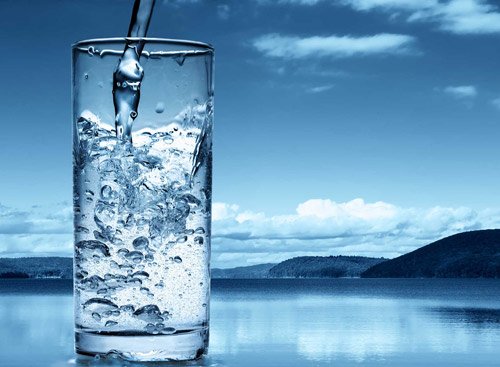Tips To Save Water In Summer
A Complete Guide Recommended By Master Plumbers

Summer is here, water usage is up, and California is experiencing perhaps the worst drought in recorded history.
So how do you save water at home during the summer?
Here are some tips and advice for saving water during the hot summer months.
How to Save Water in Summer
Your toilets use more water than any other system or appliance in your home. The first place to reduce your water bills is to look at the new high-efficiency toilets. These water-efficient toilets can save up to 20,000 gallons of water per year. These toilets use only 1.3 gallons per flush. There are also new toilet systems which have two flush settings – one for water only, one for solids and waste.
The next thing to do is to check for leaks in your toilet. Here’s how: place a few drops of food dye or coloring into the tank of your toilet. Wait half and hour. If any of this coloring appears in your toilet bowl, you have a leak. This type of leak can waste up to 100 gallons of water a day. Often, the solution may be found by installing a new rubber flapper.
Monitor Leaks
Every hose connection in your home should be regularly checked for drips. Check all washers and replace as necessary. If exterior faucets or spigots are leaking, replace them. Many faucet fixes are simple do-it-yourself tasks. Make sure you also check for leaks in automatic irrigation systems.
The Dishwasher
You dishwasher uses far less water than washing dishes by hand. A new Energy Star dishwasher uses only about 3 gallons each wash. Washing dishes by hand can use up to 30 gallons of water.
Don’t Wash Your Car At Home
You can easily use 100 gallons of water washing your car at home. Take your car to a car wash. The average commercial car wash uses no more than 40 gallons of water to wash each car.
Washing Machines
Newer models of washing machines are both water-efficient and energy-efficient. You can use up to 50% less water with one of these new efficient washing machines.
Time Your Yard Watering Schedule
The early morning hours or evening hours are the best times to water your yard. If you water during the hot part of the day, much of the water evaporates rather than watering the garden. And make sure your sprinklers are aimed so they water the grass or the plants and not the sidewalk or the driveway. If you install a drip irrigation system, you will save big-time over a sprinkler irrigation system. Some cities will give you a rebate if you take certain steps to make your yard irrigation system more water efficient.
Don’t Hose Yard Debris: Sweep It
A broom is the device of choice to clean sidewalks and driveways, not the hose. Sweeping uses far less water than hosing, and you get a better workout.
Put An End to Dribbles
Consider adding a shut-off valve to the end of every hose. and once you have added them, make sure you shut off each valve whenever you move the hose from place to place around the yard.
Take Shorter Showers
If you reduce each shower time by a mere two minutes, it can save you up to 1,500 gallons of water per year. This really adds up if you have a large family. Also, turn off the water while you soap up or while you shave.
Another shower tip – while you run the water to get it hot, capture that water and use it to water plants etc.
You can install new water-efficient toilets, shower heads, and faucets, all of which will save you money by using less water. Make sure your washing machine and dishwasher are certified energy efficient by Energy Star. This will save you thousands of gallons of water per year. Your city may also give you a rebate if you use these energy-efficient appliances.
Place A Cover Over The Pool
For those lucky ones who have a pool, you should consider covering it when you’re not using it. This saves water from evaporating during the hottest parts of the day.
Look For Ways To Re-Use Water
Collect waste water from air conditioners and dehumidifiers, and use this water for yard irrigation. Note: If there is any fabric softener, bleach, or dish-washing detergent in the water, do not use it for irrigation or for human or animal consumption.
Equipment Can Be Updated For Conservation.
Take a good look at all your irrigation equipment, and see what needs to be updated. This includes timers and sprinklers. There are a variety of things you can buy to replace inefficient parts, including smart controllers, low-precipitation rate sprinklers, bubbler irrigation, soaker hoses, and micro-sprinklers, which deliver water to plants more slowly, reducing overspray, runoff and evaporation . Drip irrigation may be the smart way to go if you have a large garden with big lawns and many trees, plants and flowers.
Consumers should check with their local water department for additional ideas on conserving water and reducing their water bill. You may qualify for a number of rebates and incentives to reduce your water consumption if you install certain qualifying water-saving equipment.



